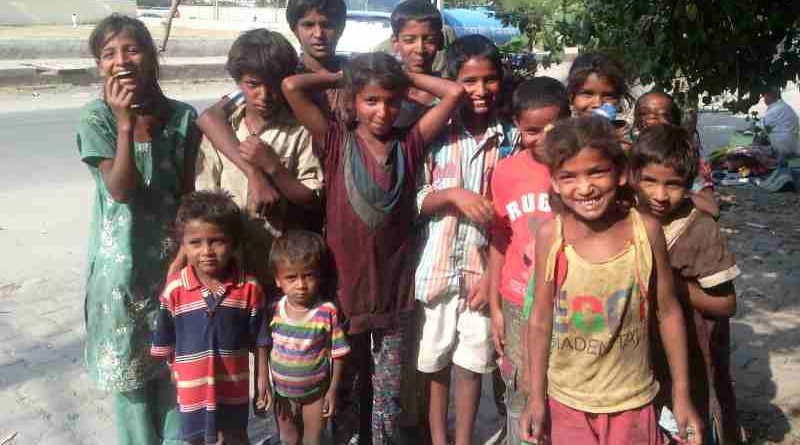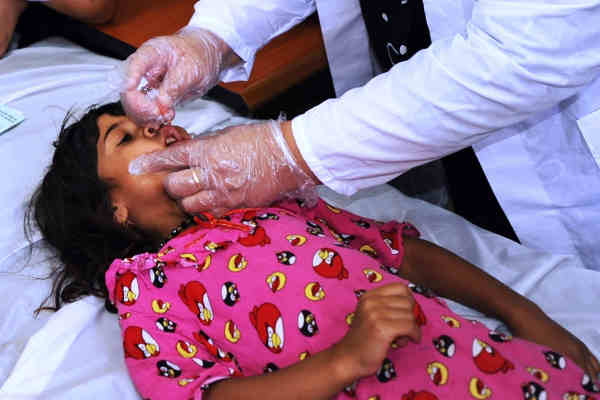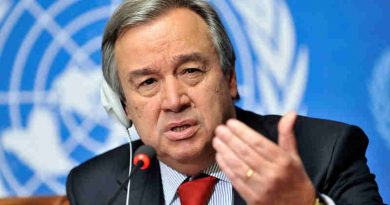Nearly 7,000 Languages Spoken in the World

Languages, with their complex implications for identity, communication, social integration, education and development, are of strategic importance for people and planet. Yet, according to the UN, due to globalization processes, they are increasingly under threat, or disappearing altogether.
When languages fade, so does the world’s rich tapestry of cultural diversity. Opportunities, traditions, memory, unique modes of thinking and expression — valuable resources for ensuring a better future — are also lost.
More than 50 per cent of the approximately 7,000 languages spoken in the world are likely to die out within a few generations, and 96 per cent of these languages are spoken by a mere 4 per cent of the world’s population.
[ Fault Lines: A Research Report on the Quality of Education in Delhi Schools ]
Only a few hundred languages have genuinely been given pride of place in education systems and the public domain, and less than a hundred are used in the digital world.
International Mother Language Day (21 February) has been observed every year since February 2000 to promote linguistic and cultural diversity and multilingualism.
The UN suggests that languages are the most powerful instruments of preserving and developing our tangible and intangible heritage. All moves to promote the dissemination of mother tongues will serve to encourage linguistic diversity and multilingual education.
[ Appeal for Donation to RMN Foundation ]To foster sustainable development, learners must have access to education in their mother tongue and in other languages. It is through the mastery of the first language or mother tongue that the basic skills of reading, writing and numeracy are acquired.
Local languages, especially minority and indigenous, transmit cultures, values and traditional knowledge, thus play an important role in promoting sustainable futures.
International Mother Language Day also supports target 6 of Goal 4 of the Sustainable Development Goals (SDGs): “Ensure that all youth and a substantial proportion of adults, both men and women, achieve literacy and numeracy.”
Courtesy: UN
💛 Support Independent Journalism
If you find RMN News useful, please consider supporting us.




